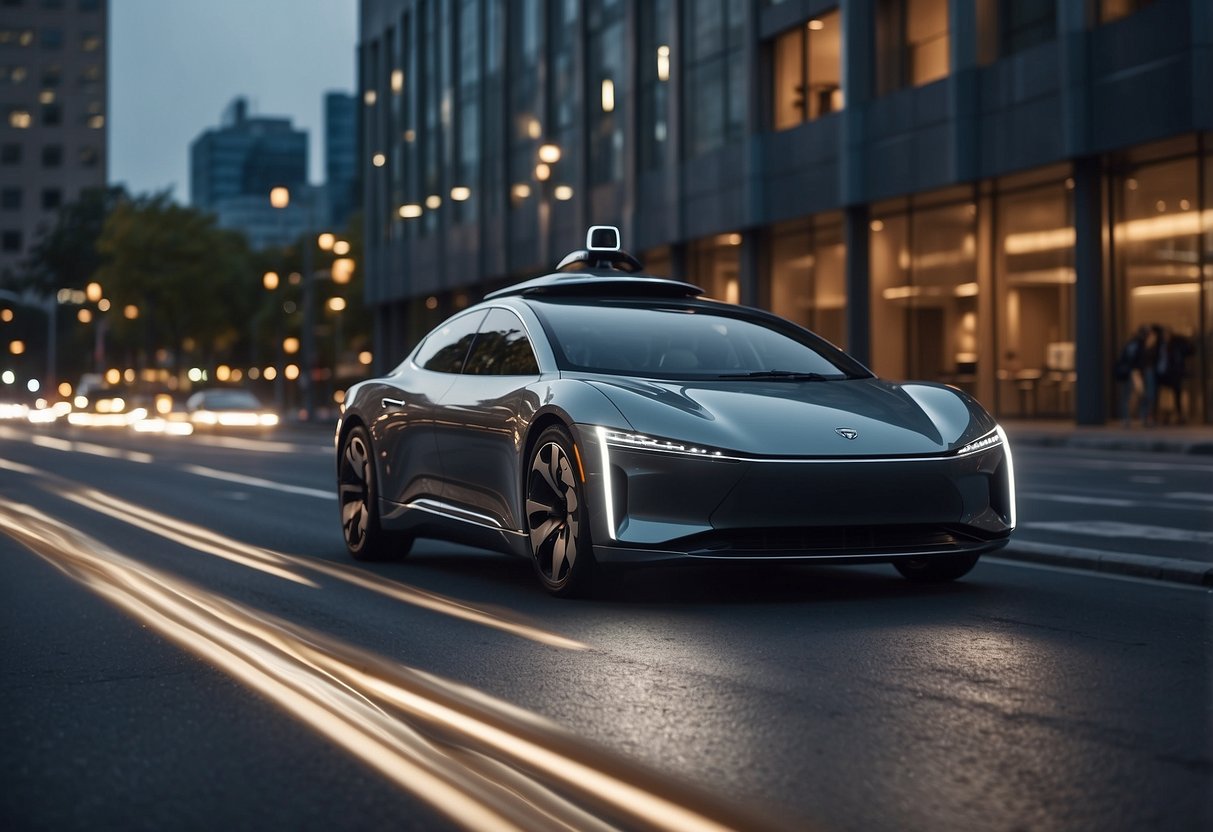
Autonomous Vehicles
Autonomous vehicles are revolutionizing transportation by reducing human intervention. This section explores the levels of vehicle autonomy, the specific roles that artificial intelligence plays in self-driving cars, and the regulatory considerations surrounding autonomous technology.
Levels of Vehicle Autonomy
Vehicle autonomy is classified into six levels, from Level 0 (no automation) to Level 5 (full automation). Level 1 involves driver assistance features like adaptive cruise control. Level 2 includes partial automation, where the vehicle can control both steering and acceleration but requires the driver to remain engaged.
Level 3 allows the vehicle to handle most driving tasks, but the driver must be ready to take over when prompted. At Level 4, the vehicle can perform all driving functions in certain conditions without human intervention. Level 5 represents complete autonomy, with no need for human input under any conditions.
AI’s Role in Self-Driving Cars
Artificial intelligence is pivotal in enabling autonomous vehicles to navigate complex environments. AI systems use sensors, cameras, lidar, and radar to gather data about the surroundings, which is then processed by machine learning algorithms to make real-time decisions.
AI helps in tasks such as object detection, path planning, and predictive modeling. For instance, autonomous vehicles rely on AI to recognize pedestrians, traffic signals, and other vehicles, ensuring safe navigation. AI also aids in continuously learning from new data, improving the car’s performance over time.
Regulatory Considerations for Autonomy
Deploying autonomous vehicles involves significant regulatory challenges. Governments are working to establish guidelines that ensure safety and reliability. There’s a need for standardized testing and certification processes to validate the technology.
Regulations also cover liability issues, determining who is responsible in case of accidents involving autonomous vehicles. Privacy concerns must be addressed, as these vehicles collect vast amounts of data. Policymakers must balance innovation with public safety, ensuring that autonomous vehicles can be safely integrated into existing traffic systems.
Machine Learning in Vehicle Systems

Machine learning plays a pivotal role in enhancing vehicle systems, driving advancements across various functionalities. It improves safety features by powering advanced driver-assistance systems (ADAS) that can recognize traffic signs, detect pedestrians, and monitor driver behavior. These capabilities significantly reduce the likelihood of accidents.
Predictive maintenance is another critical application. Machine learning algorithms analyze vehicle data to predict potential component failures. By addressing issues before they escalate, this helps in minimizing downtime and maintenance costs.
Autonomous vehicles heavily rely on machine learning for navigation and decision-making. Algorithms process real-time data from sensors, cameras, and other devices, allowing the vehicle to make informed decisions on steering, braking, and accelerating.
In-car personal assistants utilize natural language processing to provide a better user experience. These assistants can understand voice commands, offer route suggestions, and control various in-car functions, making drives more convenient and pleasant.
Fuel efficiency is enhanced by machine learning techniques that optimize driving patterns. By analyzing data on speed, acceleration, and braking, vehicles can suggest more efficient driving behaviors to the driver, conserving fuel and reducing emissions.
Machine learning contributes to vehicle security by detecting and preventing cybersecurity threats. Analyzing patterns in data traffic helps identify potential breaches and safeguard critical vehicle systems.
Machine learning continues to drive innovation in vehicle systems, improving safety, efficiency, and user experience. The challenges of scalability and security ensure a fertile ground for ongoing improvements.



